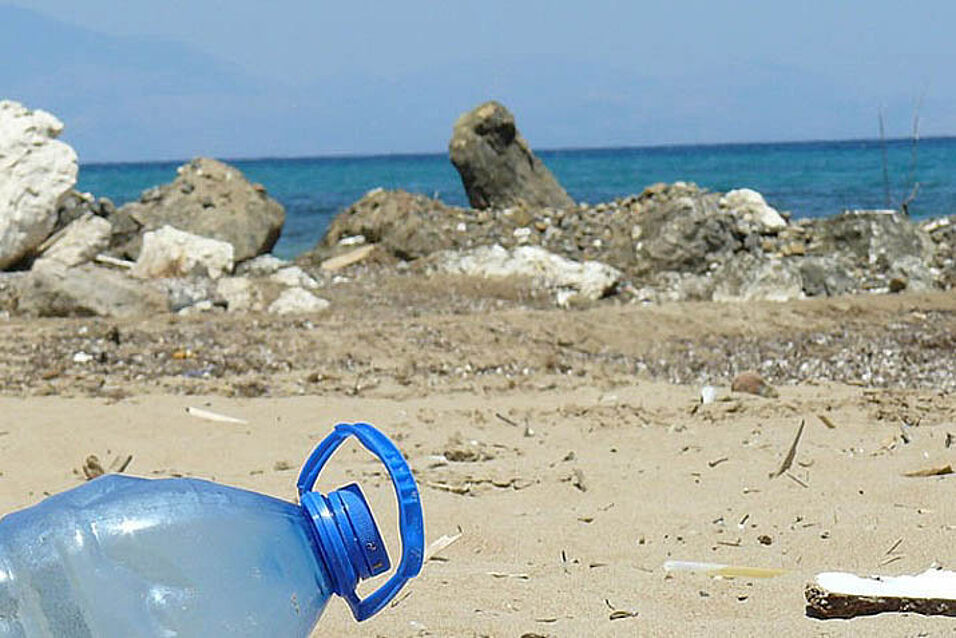A close cooperation of PhD students from the different departments, completed by regular meetings of PhD students, post docs and professors involved in this project will provide frequent transfer of expertise, know-how and an outstanding interdisciplinary working atmosphere.
PLENTY is one of four new platforms approved in 2017 and like other research platforms of the University of Vienna aims to promote interdisciplinary, innovative research projects. Our collaborators are Gerhard Herndl, Mili Shah, Laura Bomm, and Ulrike Felt (see links below).
PLENTY 1:
In this project, the research of our team specifically focusses on understanding the environmental behavior and fate of microplastics, i.e. plastic particles of a size of 1-1000 µm, in aqueous systems. Plastics contain additives that can migrate to the surrounding media during the lifespan of the plastics. Since some of these additives cause adverse effects to the environment, studying the migration of these additives is a key research topic and provides important information for microplastics transport modeling and risk assessment.
PhD student: Charlotte Henkel
PLENTY 2:
We are now continuing the line of investigation from the first part of the project, with a special focus on the additives released from tire wear particles. Tire wear particles are one of the most abundant types of microplastic particles in the environment, and are of special concern due to the acute toxicity of some of their additives. In PLENTY 2, the research of our team is focusing on the uptake of these additives into various biotic phases: from edible plants in agricultural systems to biofilms in urban rivers.
PhD students: Ruoting Peng, Anya Sherman
This project receives funding from the University of Vienna.


